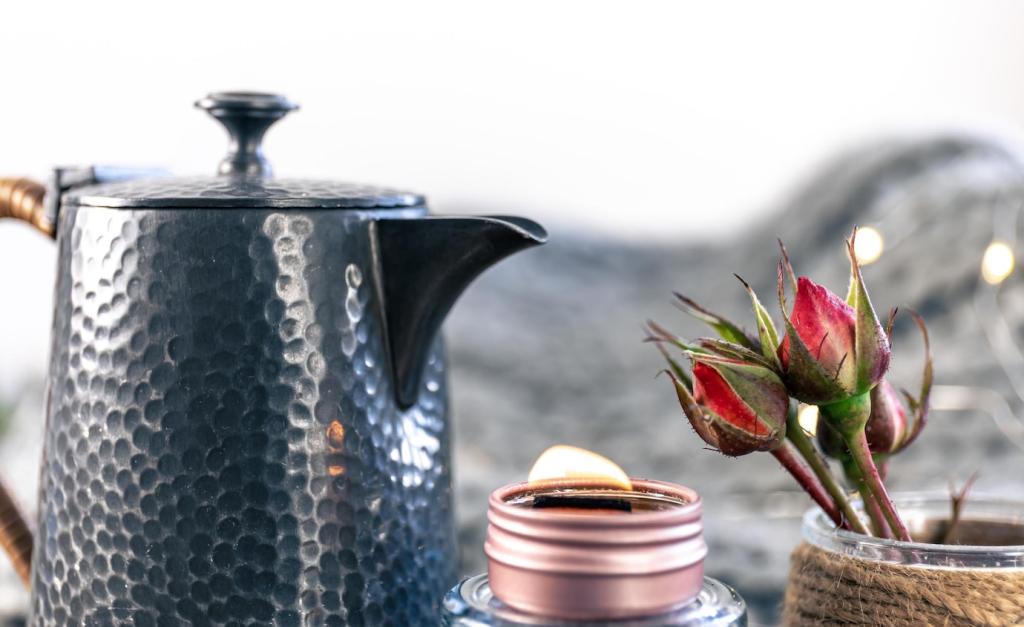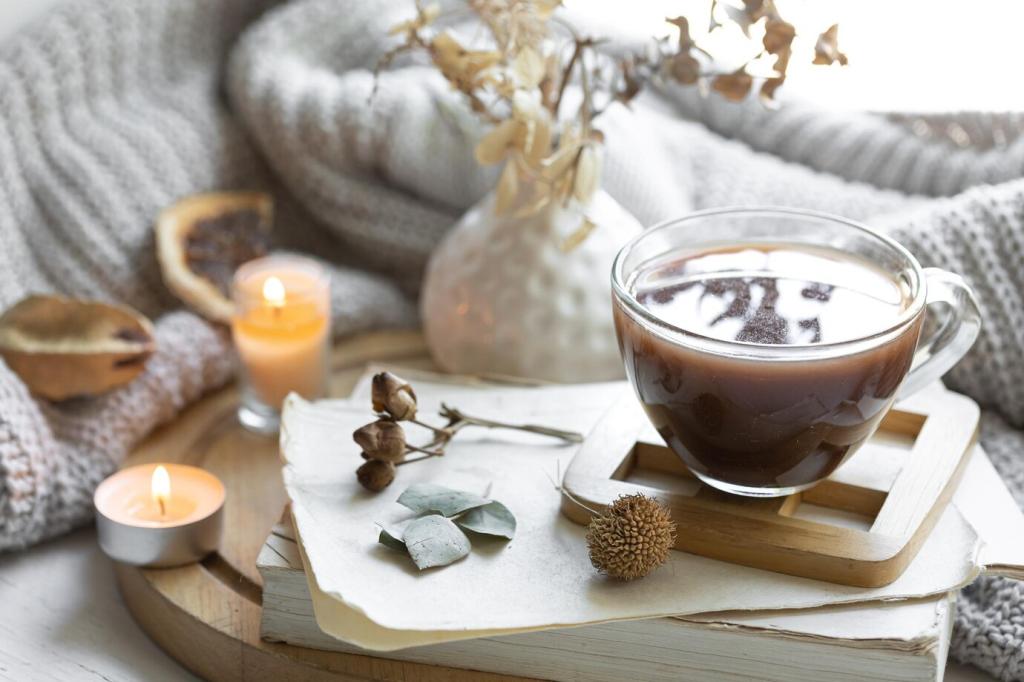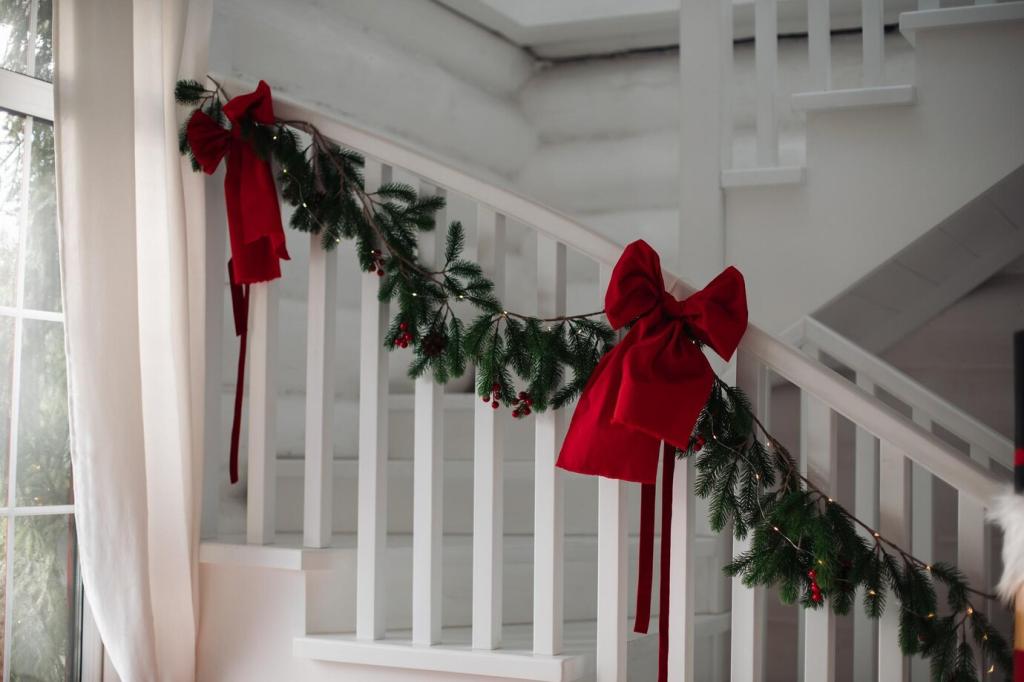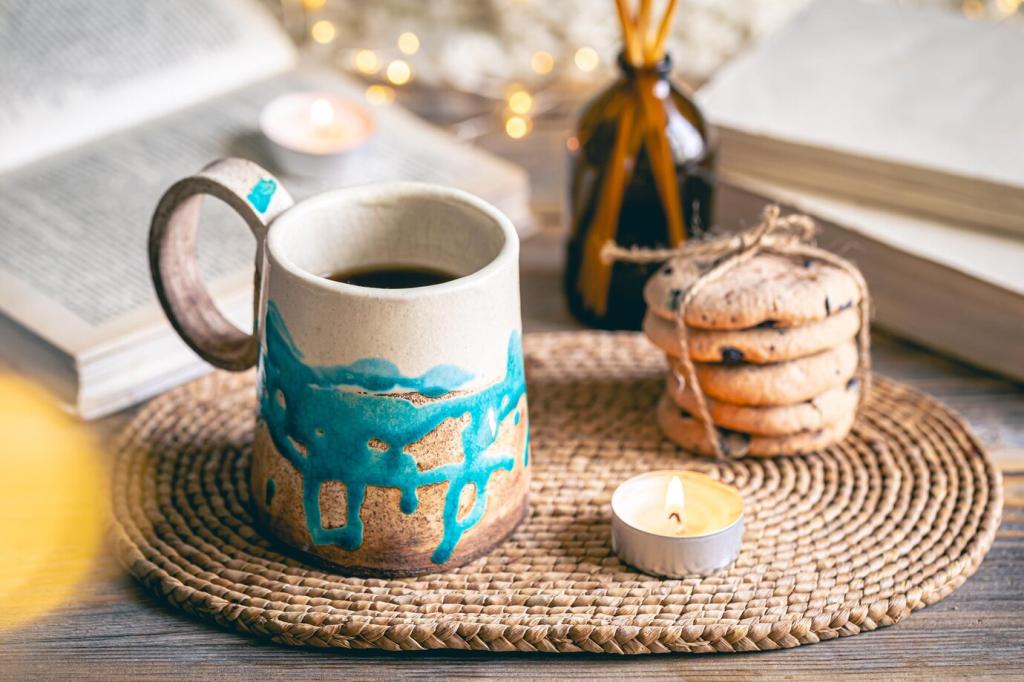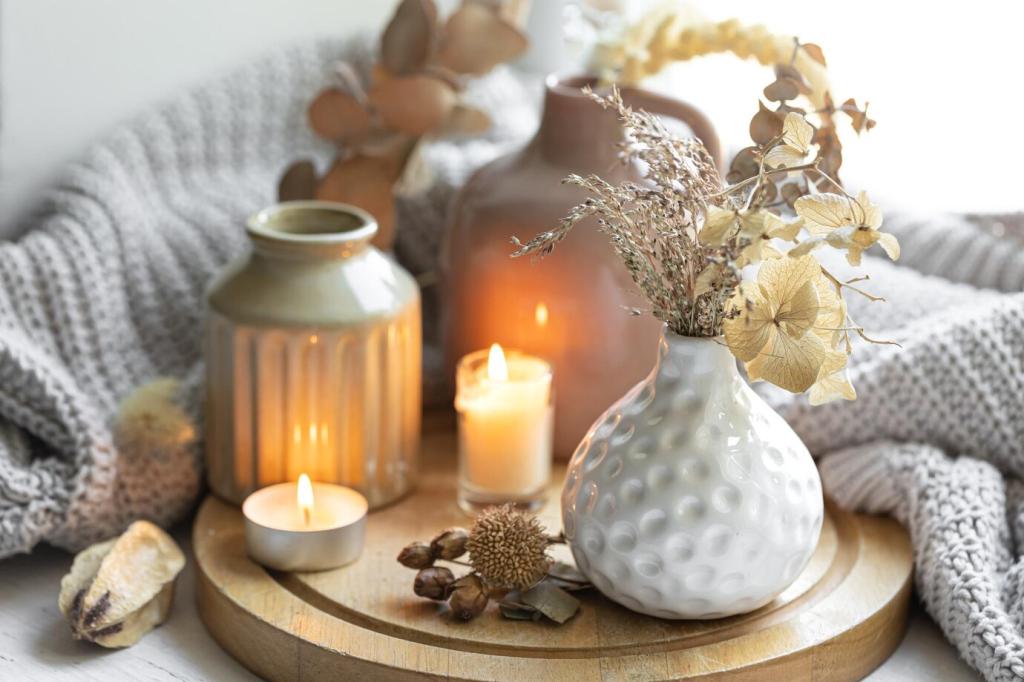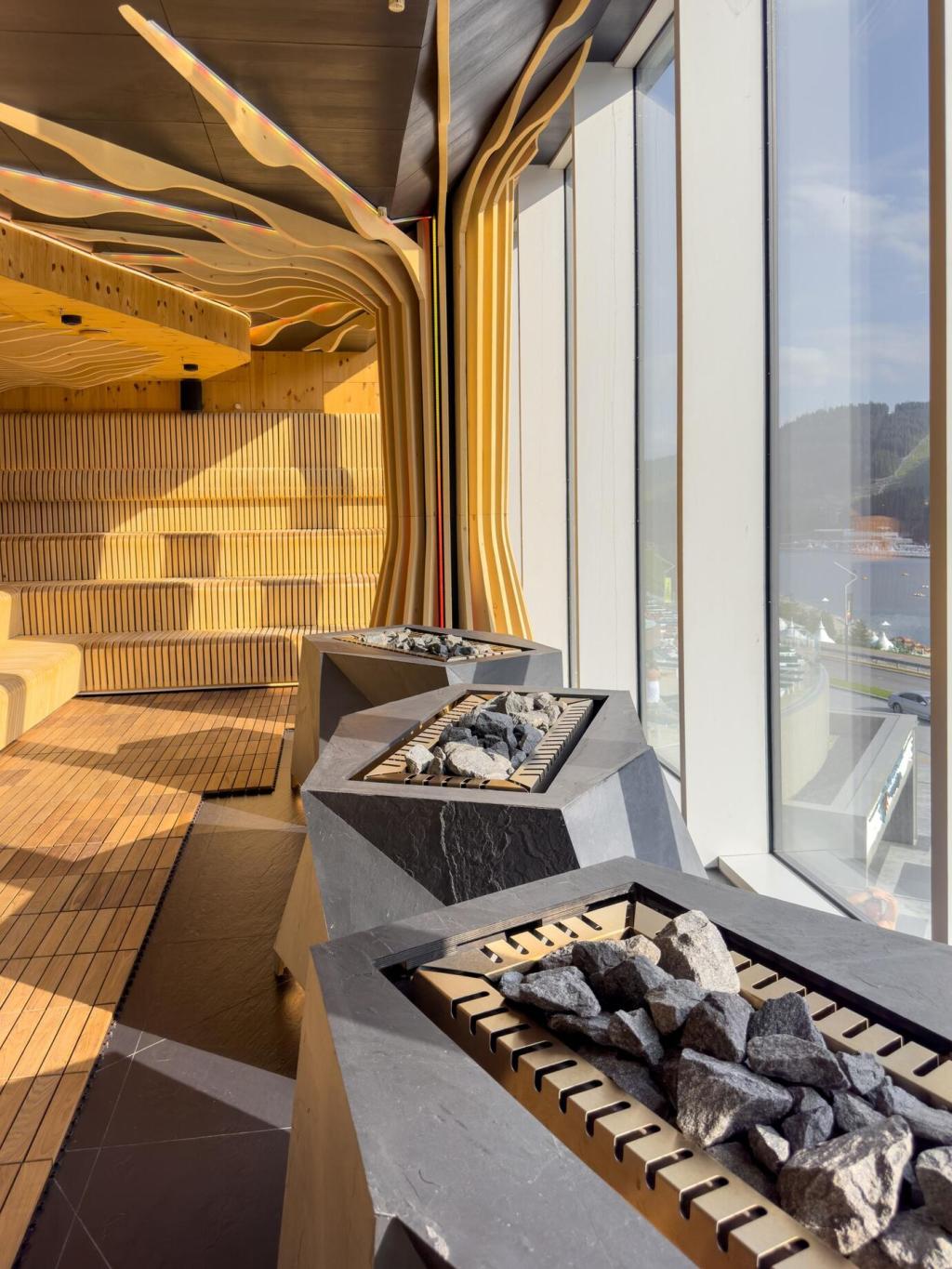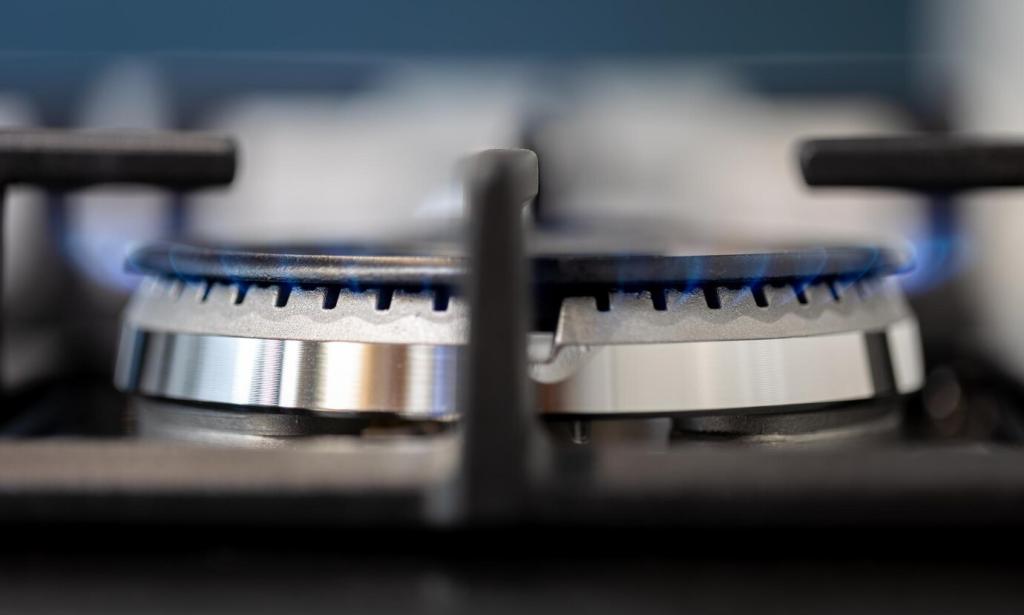Shades, Textures, and the Art of Diffusion
A linen drum shade softens edges and adds a gentle, grainy glow that flatters skin and wood tones. I recreated my grandmother’s reading corner with a linen shade and a 2700K LED—suddenly, the chair invited conversation, not just pages. Texture can be the difference between light and atmosphere.
Shades, Textures, and the Art of Diffusion
Paper diffusers aren’t just dorm decor. Choose large, high-quality shades with warm LEDs, and hang them low over empty corners to dissolve shadows. The effect feels like cloud cover on a good day—bright enough, never stark. Always use cool-running LEDs and keep safe distance from heat sources.

